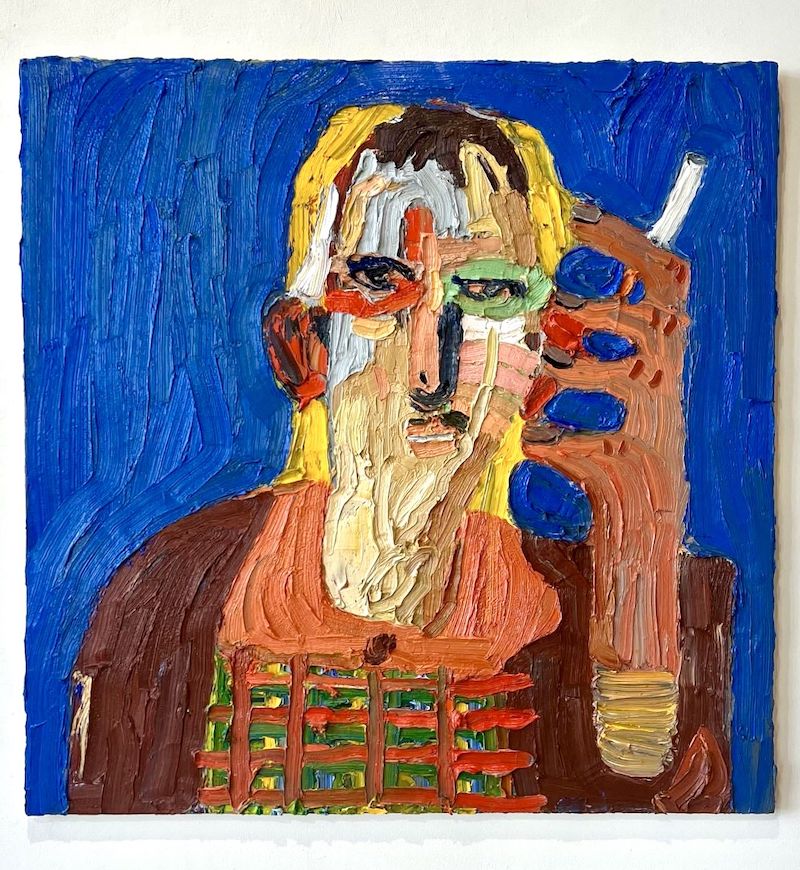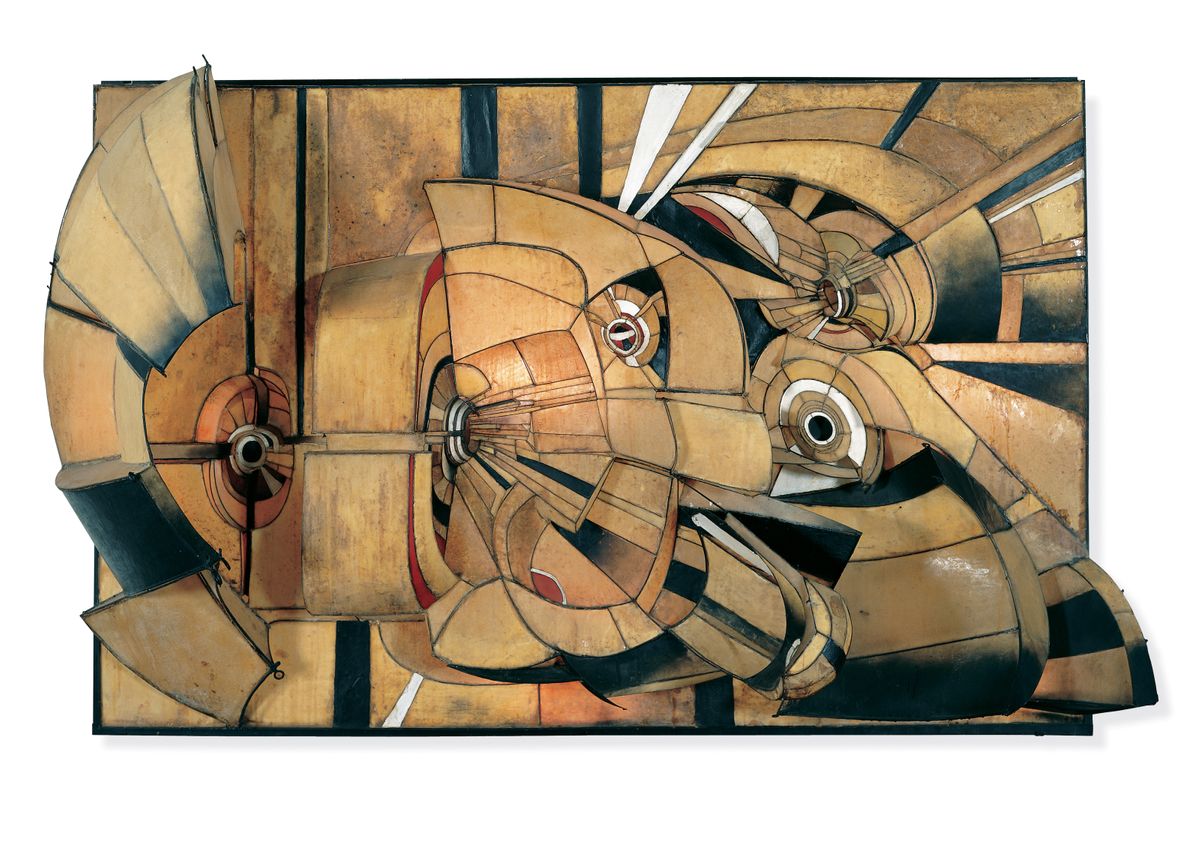Source: Kaethe Butcher Art and Illustration
She reminds me a bit of Egon Schiele.
Documentation of Caitlin Keogh at Overduin & Co., Los Angeles is featured on Contemporary Art Daily.
Source: Caitlin Keogh at Overduin & Co., Los Angeles | Contemporary Art Daily
No website for her but
an Instagram: https://www.instagram.com/icecoldwoodwinds/

San Francisco based painter Emilio Villalba exhibits a series of twenty-five new paintings (oil on canvas works dated 2023) at Dolby Chadwick Gallery, along with a series of acrylic paintings primarily on canvas paper. Many of the works feature his wife Michelle Fernandez Villalba (a recurring subject for the artist), and various associates including his close friend Jason Crase, along with self portraits in various poses, often holding a cigarette in his hand. Sensuous qualities of thick paint characterize the body of work, revealing an artist looking for new ways to convey the human experience and its varied emotions. Many of the pictures include vernacular settings, filled with elements of domesticity and immersed with familiarity. Ordinary objects like a coffee mug, toothbrush, fixed-line telephone, and bowl of fruit are among the many things depicted.
Although painted thickly, the resulting colorful pictures explore how to render the human figure with bold gestures and deceptively simple brush work. There is an acceptance, near synthesis, of the language of abstraction, specifically Expressionism, as Villalba alternates between thick swathes of impasto and carefully considered figural and spatial design. Evincing a sense of acute presence and awareness, viewers can imagine themselves in dialogue with the various personages depicted; life-size and bold renderings are the exhibitions’ hallmark. The gestural qualities of these paintings, comprising headshots, nudes, and semi-abstract faces and torsos, is apparent. Though applied abundantly, the economy of broad brush strokes interplays with unusual perspective and lines highlighting Villalba’s painterly intentionality. The exhibition at Dolby Chadwick invokes, and is in dialogue with, the work of other artists versed in this terrain, especially David Park and Joan Brown, who both utilized impasto to make brash and confident paintings.

If I sat there and said, “I’m going to make the most beautiful painting I’ve ever painted in my life,” it’s going to be horrible. I did a lecture at the Frick in 2019 and somebody asked me: “How do you make a distinction between what’s a good painting or a bad painting.” For me, it’s like the desert question: If you had to take one painting with you to a desert island, which one would it be? But it’s not a question of what you can live with. When it comes to art: it’s what can you die with? What’s the last thing you want to see before you go?
The pencil-and-watercolor methods of a master.
Source: How to Paint Like Hayao Miyazaki – Animation Obsessive

I fell in love with Bontacou’s work in 2004 when I saw a retrospective at MOMA. She died yesterday at age 91. What a life she had. Some quotes from a couple of nice articles about her below.
And though, Bontecou’s art may have directly referenced the world as she saw it around her, she never wanted to strictly define what it was about. That was up to the viewer. As she told the Chicago Reader when asked, “Do people ever ask you, ‘What does this mean?’ What do you say?”, she coolly replied, “I don’t answer at all. It’s what you see in it. What I see in it is something else. I don’t get caught up in that.”
Although Bontecou generally avoided discussing the meaning of her images, in a rare statement for the catalogue of the Museum of Modern Art exhibition “Americans 1963,” she suggested that her goal was to “build things that express our relation to this country—to other countries—to this world-to other worlds-in terms of myself.”5 The precise meaning of this relationship was explained only years later when Bontecou admitted that the iconography of these early projects was in part political, a response to the menacing specter of war and global destruction that she felt in the early ’60s.6